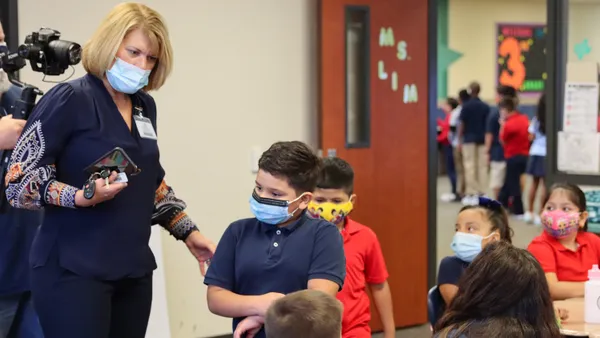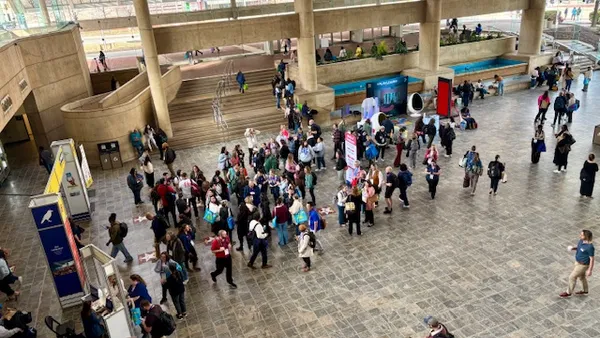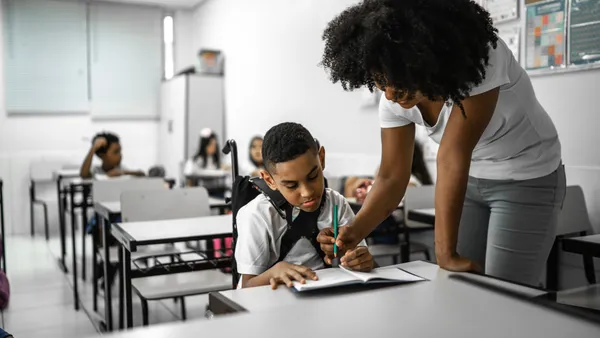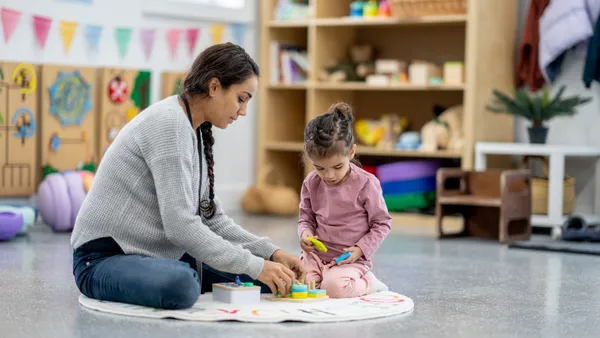Dive Brief:
- As the school year approaches, school leaders are stepping up efforts to reassure parents who may still be wary of sending their children back to in-person learning amid rising case numbers, the lack of a vaccine for students under 12, and uncertain social distancing strategies and antiquated ventilation systems, NPR reports.
- In Texas, Austin Independent School District Superintendent Stephanie Elizalde is going door-to-door to talk parents into registering their children for in-person classes in fall, on the basis that one-on-one conversations build trust. With no remote options this year, students must attend in person or not at all, and lower attendance could mean a drop in funds.
- At Cleveland Metropolitan Schools in Ohio, 19 parents are serving as ambassadors who act as liaisons to answer caregivers’ questions about the new school year, as well as social distancing and other safety policies. A similar program in Portland, Oregon, is using day camps to help ease families back into in-person learning.
Dive Insight:
COVID-19 cases are again on the rise and causing concern over classroom environments for the third school year in a row. There is still no vaccine available for children under 12, leaving them at risk of contracting and spreading the virus, which worries many parents.
Meanwhile, the states of Utah, Arizona, Texas, Oklahoma, Arkansas, Iowa, Vermont and South Carolina have outlawed mask mandates for schools. On the other hand, masks are required at schools in California, Washington, New Mexico, Illinois, New York, Connecticut, Delaware, Virginia, Hawaii and North Carolina, as of early July.
The American Academy of Pediatrics also recommends universal masking in schools for fall, though the Centers for Disease Control and Prevention's guidelines only call for masks to be worn in schools by individuals ages 2 and older who have yet to be vaccinated.
Around the country, district leaders are looking for ways to get kids back in school. For example, Washington, D.C., schools have offered financial incentives to get high-schoolers into the district's summer school/work program. The program pays students $6.25 an hour to spend half of the day in a classroom and the other half working to gain employment experience.
Flexibility may also entice some families into allowing their children to return to school in-person. A high school in Monmouth County, New Jersey, designed custom schedules for those concerned about their children returning to school full-time. In rural Michigan, a 60-person task force made up of teachers, parents and other stakeholders also developed a plan using data and $1.3 million to assure families in-person learning will be safe this fall.


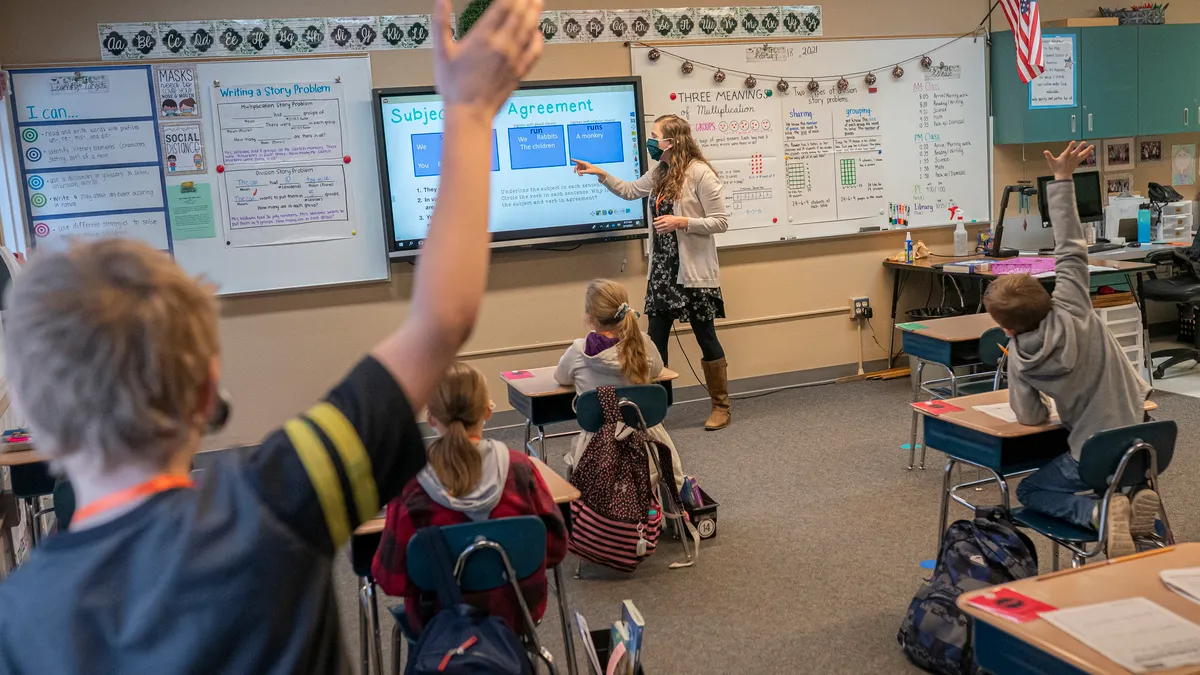




 Dive Awards
Dive Awards




